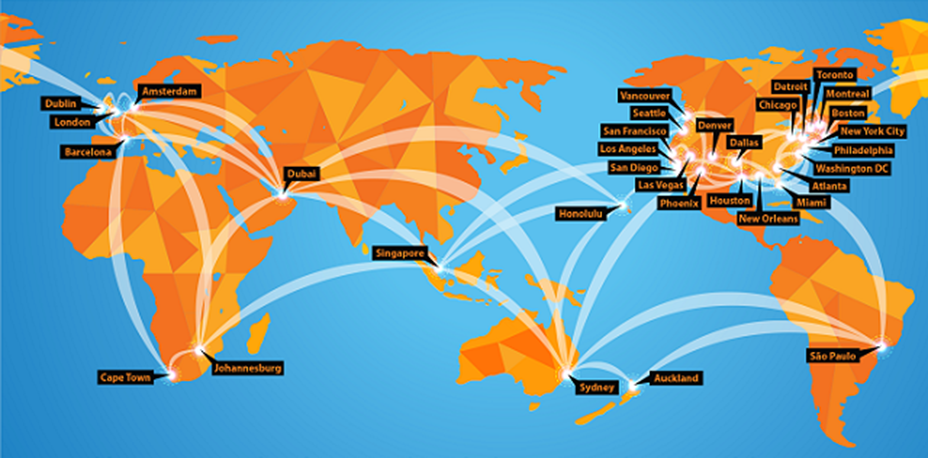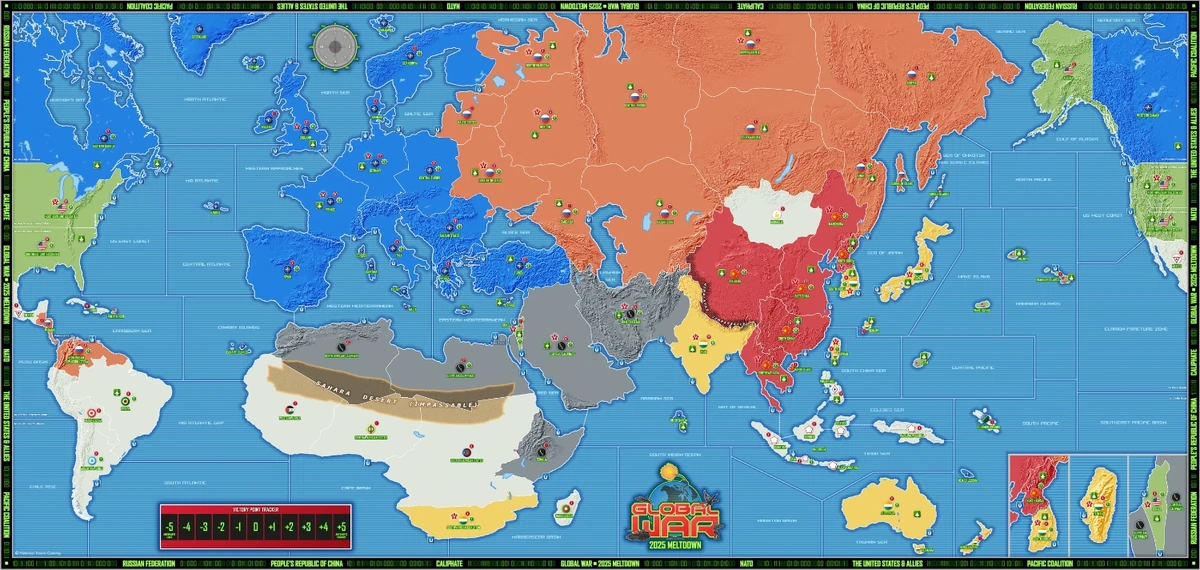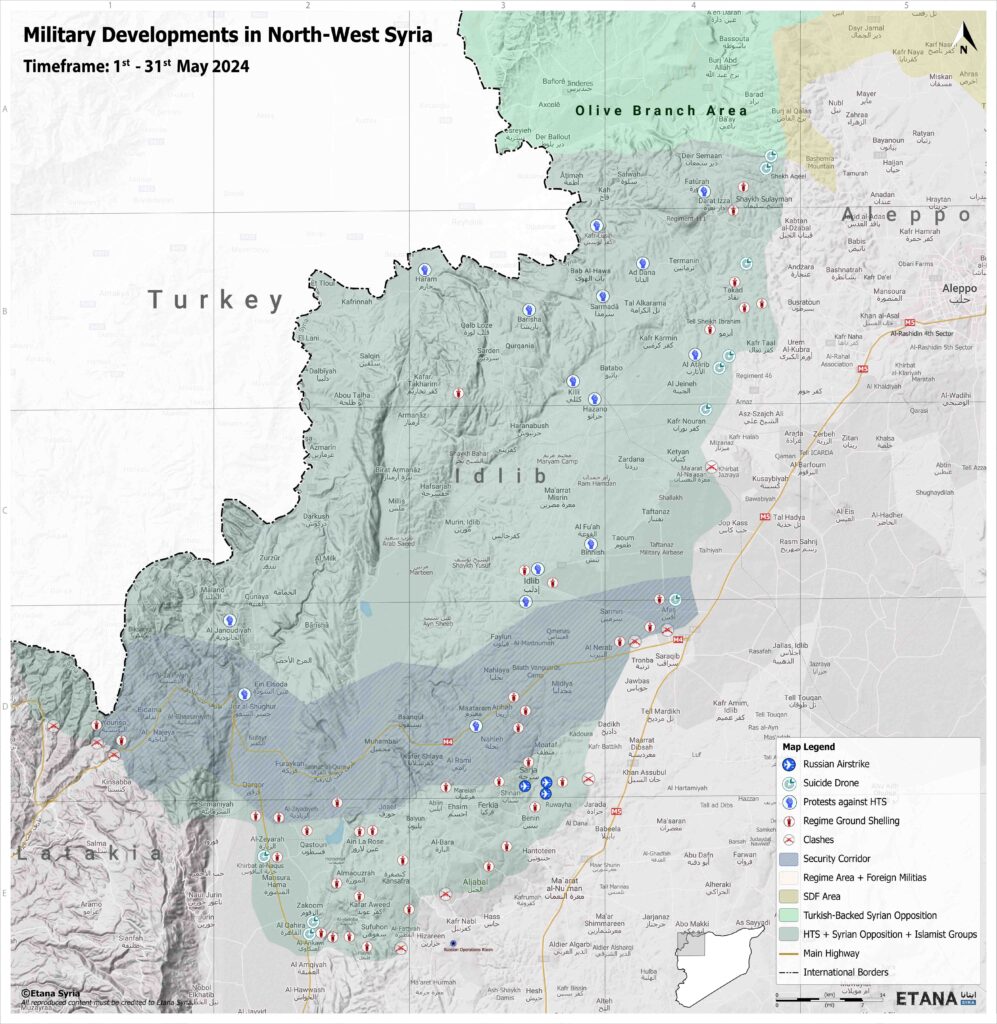Table of Contents
- New Nato Map 2024 - Lark Sharla
- Syria Military Brief: North-West Syria – May 2024 – Etana Syria
- Agenda 2025
- NATO in 2050 - YouTube
- [MODPOST] map of the world 2025 : r/worldpowers
- Map Challenge - Future history | alternatehistory.com
- What Countries Are In Nato 2025 - Cari Marsha
- GLOBAL WAR 2025 MELTDOWN | Axis & Allies Wiki | Fandom
- NATO 2023 Vilnius Summit: Where Is the Alliance Headed?
- 2025 Map Of The United States - Blair Chiarra


NATO's original mandate was to provide collective defense against the Soviet Union during the Cold War era. However, with the dissolution of the Soviet Union in 1991, NATO's role expanded to include crisis management, cooperative security, and counter-terrorism. The alliance has since intervened in several conflicts, including the Balkans, Afghanistan, and Libya. Today, NATO faces new challenges, including a resurgent Russia, an increasingly assertive China, and the rise of non-state actors such as terrorist organizations.
![[MODPOST] map of the world 2025 : r/worldpowers](https://preview.redd.it/powfdb0dimd71.png?auto=webp&s=b3b8d031b6ecebcc9b61d7170963b895676d9132)

The New Security Environment



NATO's Response


As NATO continues to evolve its foreign policy, it must balance its commitment to collective defense with the need to adapt to new security challenges. The alliance must also navigate the complexities of a multipolar world, where rising powers such as China and India are increasingly influential. By strengthening its partnerships, investing in new technologies, and enhancing its crisis management capabilities, NATO can remain a cornerstone of global security in the decades to come.
NATO's new foreign policy landscape presents both opportunities and challenges. As the alliance navigates this complex and dynamic environment, it must remain committed to its core values of democracy, individual liberty, and the rule of law. By doing so, NATO can continue to play a vital role in maintaining peace and stability in Europe and beyond, and address the evolving security challenges of the 21st century.